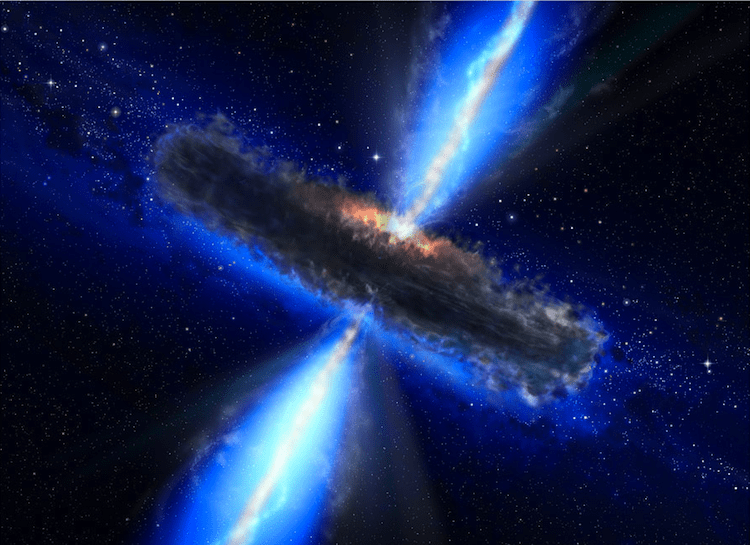Scientists are sometimes impatient people. IceCube was still under construction when skeptical voices arose asking for discovery results. Once the detector was completed, it was not long before we verified that astrophysical neutrinos are out there. But now we cannot wait to identify the sources of these cosmic neutrinos, which are expected to also be the sources of high-energy cosmic rays.
The quest for neutrino sources keeps IceCube researchers busy, exploiting every possible analysis to find the first evidence of point sources as soon as data allows for it. In a new analysis by the IceCube Collaboration, a search for faint point sources, by looking for small-scale anisotropies in the diffuse neutrino flux, was found to be consistent with the background expectation. However, the results of this work show that the high-energy neutrino flux observed in IceCube cannot be explained by a few hard-spectrum sources isotropically distributed in the Northern Hemisphere. For softer-spectrum sources, clusters of around 20 to 5000 sources would be needed to create the observed flux, the large variation showing the dependence of the neutrino flux on the energy spectrum of the sources. These results have just been submitted to Astroparticle Physics.

Point source searches are most sensitive to finding individual sources of astrophysical neutrinos among the background of neutrinos and muons produced by the interaction of cosmic rays with the Earth’s atmosphere. However, with a few very high energy neutrinos potentially reaching IceCube from any direction in the sky, and after the unexpected absence of neutrinos from GRBs, IceCubers might need a few more years of data-taking before reaching the sensitivity required to identify these sources.
The analysis announced today tests a new scenario, where many dim individual sources could account for the observed neutrino flux. These faint sources, although too weak to be detected by standard point source searches, would show up in this case as small-scale neutrino clusters.
“The first search we did uses a two point correlation function and was applied to both hemispheres. The method counts pairs of events that are clustering in a certain angular threshold and compares them to isotropic background distributions. The second search is a multipole analysis performed in the Northern Hemisphere. It is based on the expansion of the measured sky map into spherical harmonics,” explains Anna Bernhard, an IceCube researcher and a graduate student at the Technical University of Munich.
“The two searches presented in this paper fill in the blank between standard source searches and diffuse analyses, which might be just what we need to resolve the astrophysical neutrino signal observed in IceCube into point sources,” explains Martin Leuermann, also an IceCube researcher and a graduate student at RWTH Aachen. “The fact that we discovered a clear astrophysical signal that is too weak to be seen by point-source searches opens the door for more sophisticated analyses in this in-between regime. There’s a lot of room for improvement and for learning more about the observed signal,” adds Leuermann.
Info “Searches for small-scale anisotropies from neutrino point
sources with three years of IceCube data,” IceCube Collaboration: M.G. Aartsen et al. Astroparticle Physics 66 (2015), www.sciencedirect.com arXiv.org:1408.0634